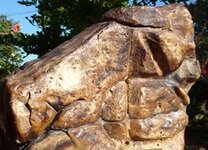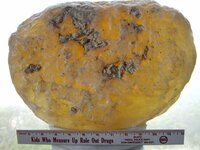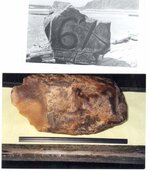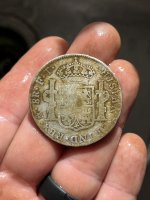Don't know if people saw this on PBS last night, no real new info, but I have never seen that chunk of beeswax. Had some interesting markings and wanted to hear peoples thoughts on them outside the show. Mariner, know you follow this one and would love to hear what you think.
Modrian
Modrian








